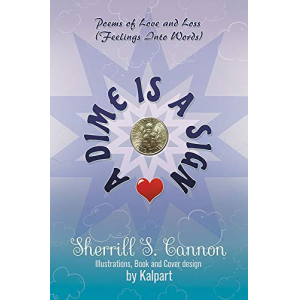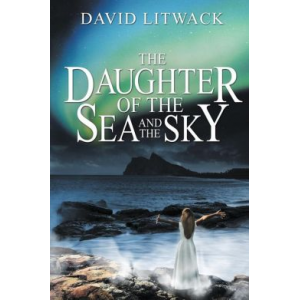A New Release by Llumina Press
🔗 http://www.llumina.com/store/lubberslog.htm- Author
- Book
- Story behind the book
- Media Links
- Reviews

William Gills
About
Maybe I should have been a tern, a seagull, a seal or a boat captain. I could have been a musician but was too practical to have pursued such a career as a drummer and guitar player. I wanted to get married and raise a family; you can do both, but its hard on a musicians salary unless you work two jobs and your family comes second. I love boating like music, always have. I haven't figured out what the allure is, but it's always been there and like my music, it captivated me from an early age. I love being outdoors, in the back yard, in the woods, on a ski slope, but mostly on the water. Lately I've been writing about some of those boating experiences.

Murdo
Description
<p>When Jessica Bryant pesters her wealthy parents to allow her to have a dog as a pet, the answer is a resounding "No"; but they soon come to regret their decision when thier home is broken into one evening whilst they are out and their daughter kidnapped and held for ransom. The kidnappers, in the form of four seedy and incompetent characters wearing Disneyland-type masks, take her hostage and keep her incarcerated in a place from which there appears to be no escape. However, they reckon without the resourcefulness of our heroine, and the courage of a wonderful stray dog who comes to her aid and whom she names 'Murdo'. And so begins an exciting and humurous accounting of the couples' adventures together as they consistently foil and outwit the abductors whilst on the run together.<br /> This is a lovely story of the friendship between a girl and a dog, bringing out themes of responsibility, camaraderie, redemption, salvation and self-sacrifice. It includes some wonderful dialogue sequences as Jessica teaches her new four-legged friend how to communicate with her, with additional delightful conversations between the animals when a rabbit and a sparrow join forces with them in an effort to outwit the kidnappers and restore Jessica safely back to her parents' home. </p>
Story Behind The Book
The development of the book began as a technical logbook of dates, weather, sea conditions, bearings, speeds over water, destinations, and notes referencing mechanical or equipment failures for future reference. I found myself entering tidbits of personal experience to brighten a monotonous soliloquy of data that produced only useful information for me. Later as the summer boating season wore on, I found myself wanting to tell a story, preferring to use a journal format to recount our new experiences. A graphic account, I thought, would provide us with a more valuable gauge of our growth as mariners and a narrative record of events and activities that could be recalled in the winter doldrums and perhaps shared with others, like my mother and mother-in-law, who were in our thoughts, but not with us to appreciate what we have grown to enjoy. There is a change in pace later in the book, when the focus turns more journalistic and I write down my thoughts and impressions almost as they happen. The early chapters are largely developmental, from the idea of “moving up” to a bigger boat to the process of acquiring it, preparing it for winter storage, stocking it with accessories, and becoming familiar with its idiosyncrasies. The log is loaded with details and facts the reader may find onerous and repetitive, but no more so than having to actually consider and deal with them. They are included to provide dimension to those who might think that moving up a step simply involves the acquisition of the boat. The characters, and in most cases, their names, are their own, and there’s no account that is conjured or exaggerated. I share this journal with you as if it were my own diary. Although I admit I have not shared my innermost thoughts, the reader may come to his/her own conclusions of what they might have been.





